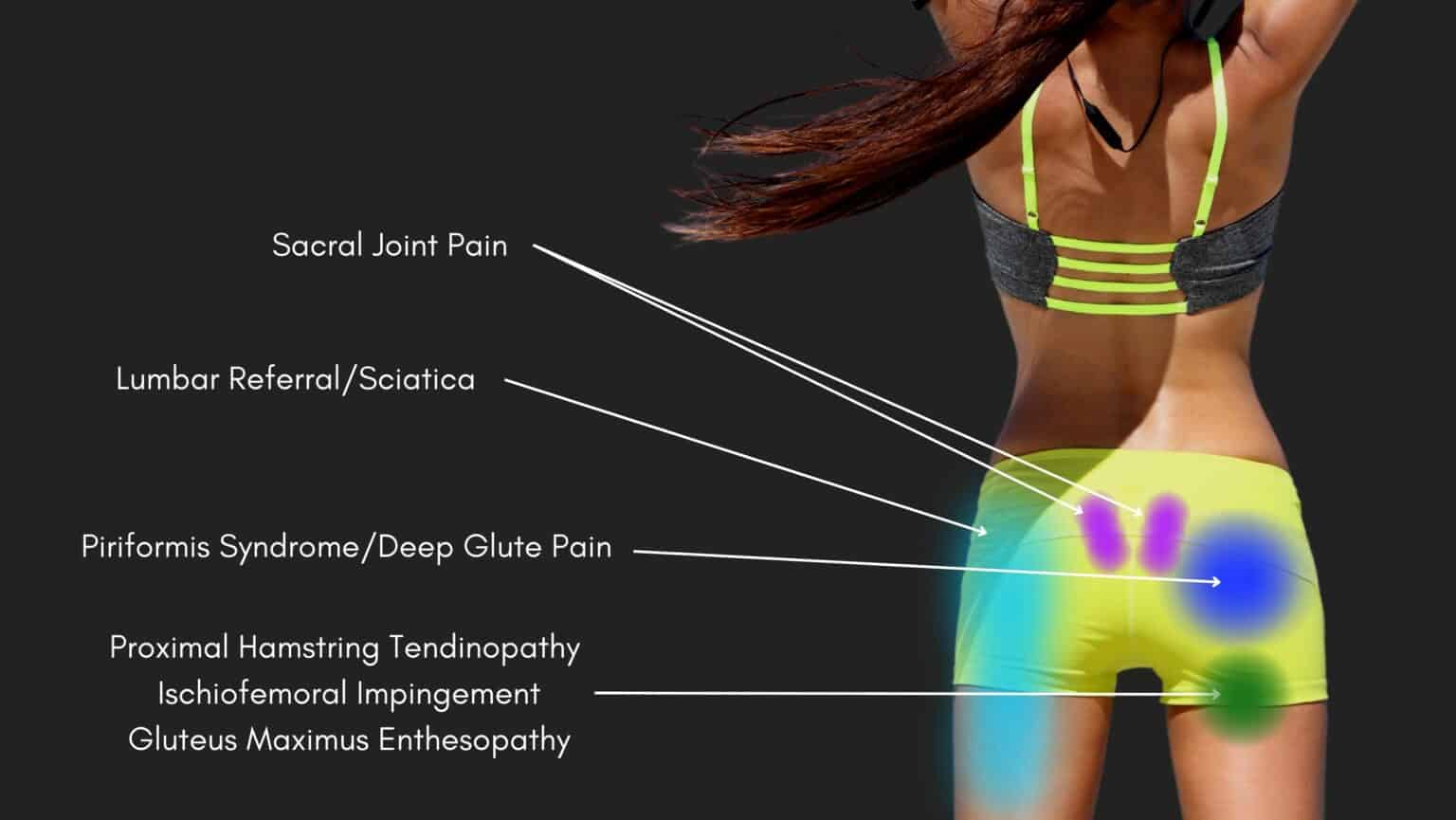Back pain is a universal experience, but understanding its nuances can be challenging. This comprehensive guide explores back pain through a location-based lens, helping you decipher your body’s signals and navigate the path to effective treatment. From a dull ache to a sharp twinge, understanding the *where* of your pain offers crucial clues about the *why*. Let’s embark on this journey together, empowering you to take control of your back health and find lasting relief.
Decoding Your Back Pain: Where Does It Hurt?
Back pain can feel like a perplexing mystery. Figuring out the precise location of your discomfort is the first step towards unraveling that mystery. Think of your back divided into key zones:
Lower Back (Lumbar Spine): The Workhorse
Located below your ribs and above your hips, the lumbar spine is your back’s heavy lifter. Because it bears so much weight and facilitates movement, this area is prone to strains from lifting or twisting. Other potential causes include disc problems, sciatica (radiating pain down the leg), spinal stenosis (narrowing of the spinal canal), arthritis, and osteoporosis.
Middle Back (Thoracic Spine): The Steady Anchor
Extending from the bottom of your rib cage to the middle of your back, the thoracic spine is less frequently affected than the lumbar region. Pain here could be from muscle strain due to prolonged poor posture (slouching over a computer, for instance) or joint dysfunction. In rare instances, middle back pain may be referred pain originating from other organs.
Upper Back (Cervical Spine): The Tension Hotspot
This encompasses your neck and shoulder area, a common gathering place for stress and tension. Poor posture from constant screen time, whiplash, pinched nerves, herniated discs, and arthritis can all contribute to pain here, which may sometimes radiate to the neck, shoulders, and arms.
How to Identify Your Back Pain: Deciphering the Clues Your Body is Sending
Knowing where your back hurts is like giving your doctor a crucial piece of a puzzle. Combine this with other clues, and you’re well on your way to finding relief.
Location, Location, Location
As described above, identifying the specific region—upper, middle, or lower back—helps narrow down the possibilities. Is it high up in your neck, between your shoulder blades, or low in your back?
Duration: How Long Has This Been Going On?
- Acute: Pain lasting less than six weeks.
- Subacute: Pain persisting for six to twelve weeks.
- Chronic: Pain continuing for more than twelve weeks.
The duration provides insights into the nature of the issue, suggesting whether it’s a recent injury or a long-term condition.
Intensity: How Bad Does It Hurt?
Rank your pain on a scale of 1 to 10, with 10 being the worst pain imaginable. This helps track pain levels and communicate the severity to your doctor.
Quality: What Kind of Pain Is It?
- Dull Ache: Can indicate muscle strain or a general stiffness.
- Sharp, Stabbing Pain: May suggest nerve involvement or a sudden injury.
- Burning: Possibly related to nerve irritation.
- Tingling or Numbness: Often suggests nerve compression.
Aggravating/Relieving Factors
Note what makes the pain better or worse. Does lying down, heat, ice, or certain movements affect it? This information can be incredibly useful for diagnosis.
Associated Symptoms: Red Flags
Be alert for any accompanying symptoms. Fever, unexplained weight loss, numbness or weakness in your limbs, or loss of bowel or bladder control are serious red flags that require immediate medical attention.
What Does the Location of Your Back Pain Mean?
The location of your back pain provides crucial insights into potential causes, acting as a roadmap for diagnosis and treatment. Remember, while location offers valuable clues, a comprehensive diagnosis considers pain type, severity, and associated symptoms.
Upper Back Pain (Thoracic Spine)
Often caused by muscle strain or tension due to factors like poor posture or overuse. Pinched nerves in your neck can also send pain into your upper back, sometimes accompanied by headaches and stiffness. Rarely, it could be a sign of underlying medical conditions affecting the bones, joints, or even organs in your chest.
Middle Back Pain (Thoracic Spine)
Pain in your mid-back can be a bit more complex. It can stem from issues with the joints connecting your ribs to your spine, problems with the discs, or nerve irritation. Referred pain from organs like your kidneys or gallbladder can also manifest in this area.
Lower Back Pain (Lumbar Spine)
Lower back pain is the most common type, frequently stemming from strains and sprains due to lifting, twisting or overuse. More serious causes include herniated discs, spinal stenosis, and sacroiliac joint dysfunction.
Left vs. Right Side Pain
While not always significant, pain predominantly on one side can sometimes point to issues specific to that side – a strained muscle, a pinched nerve, or joint inflammation, for instance. Sometimes, right-sided lower back pain might be related to the liver or gallbladder, while left-sided pain might be associated with the pancreas or spleen, though this requires further investigation and should not be self-diagnosed.
Kidney Pain vs. Back Pain: Knowing the Difference
Differentiating back pain from kidney pain is crucial due to their distinct treatment approaches. Kidney pain typically feels like a deep, dull ache higher up in your back, under the ribs and toward your sides. It’s often accompanied by fever, chills, nausea, and changes in urination. Back pain, on the other hand, tends to be musculoskeletal, with varying sensations depending on the cause.
| Feature | Back Pain | Kidney Pain |
|---|---|---|
| Location | Various, but usually localized | Higher, under ribs, to the side |
| Type of Pain | Varies (sharp, dull, aching) | Dull, aching |
| Other Symptoms | May or may not be present | Often present (fever, chills, nausea, urinary changes) |
Understanding Your Lumbar Vertebrae (L1-S5)
The lumbar spine consists of five vertebrae, labeled L1 to L5. Specific lower back issues often relate to these levels. For example, a herniated disc at L4/L5, a common occurrence, can press on the sciatic nerve, causing sciatica pain down the leg.
Types of Pain by Character
Understanding the type of pain you experience adds another layer to the diagnostic process:
- Axial (Mechanical) Pain: Localized pain that’s often worse with movement and relieved by rest, commonly associated with muscle or joint issues.
- Radicular Pain: Pain shooting down the leg, typically caused by nerve compression.
- Referred Pain: Pain felt in the back that originates from a different part of the body.
What is a Red Flag for Back Pain?
While most back pain is benign, certain symptoms warrant immediate attention. These “red flags” signal potentially serious underlying conditions that demand prompt medical evaluation. Ignoring them could lead to delayed diagnosis of conditions like infection, tumors, or nerve damage.
Recognizing Red Flags: When to See a Doctor
| Red Flag | Possible Indication |
|---|---|
| Persistent pain (longer than several weeks) | Underlying condition, such as a herniated disc or arthritis |
| Pain that gets progressively worse | Potential nerve involvement or other serious condition |
| Pain radiating down the leg (sciatica) | Nerve compression |
| Numbness, weakness, or tingling in the limbs | Nerve involvement |
| Disrupted sleep due to pain | Severe pain needing medical management |
| Worsening pain at night or in the morning | Inflammatory process |
| Unexplained weight loss | Possible systemic illness |
| Fever | Infection |
| Loss of bladder or bowel control | Serious neurological issue like cauda equina syndrome |
| Pain following a fall or accident | Underlying injury requiring assessment |
The appearance of one or more red flags doesn’t automatically mean a serious problem, but it does require a doctor’s assessment. They can determine the cause and recommend appropriate treatment, which may include physical therapy, medication, or other interventions.
Diagnosis and Treatment
Your doctor will likely begin with a thorough investigation, asking about your medical history, lifestyle, and specific symptoms. A physical exam will assess your range of motion, posture, and reflexes. Imaging tests like X-rays, MRIs, or CT scans may be recommended to get a clearer picture of what’s happening within your spine.
Treatment strategies depend on the cause and location of your pain and may range from simple self-care measures to more intensive therapies. Rest, over-the-counter pain relievers, and gentle stretching can be beneficial for mild pain. Physical therapy can strengthen your back, improve flexibility, and correct posture. In some cases, your doctor may suggest injections to reduce inflammation or, rarely, surgery.
Ongoing Research and Future Directions
Researchers are continuously exploring new avenues for understanding and treating back pain. Ongoing studies encompass new medications, advanced therapies, and innovative diagnostic tools. Personalized medicine, tailored to an individual’s genetic makeup and lifestyle, holds promise for revolutionizing back pain management. Regenerative medicine, focusing on repairing damaged tissues in the spine, is another exciting area of exploration.
Conclusion
Understanding the location of your back pain is a crucial first step toward finding relief. By paying attention to your body’s signals and seeking professional medical advice, you can navigate the complexities of back pain and embark on the path to recovery. Remember, this guide complements, but doesn’t replace, a professional consultation. When you’re ready to embark on the unforgettable journey of matrimony, don’t miss out on the essential planning guide provided after i do. If you are experiencing back pain, particularly if it’s severe, persistent, or accompanied by any red flags, don’t hesitate to consult with a healthcare professional for a personalized diagnosis and treatment plan.
- Plastic Bento Boxes Face Scrutiny Over Sustainability Impacts - December 11, 2025
- Bento Tray Revolutionizes Organized Meal Transport and Presentation - December 10, 2025
- Meal Plans for Busy Schedules That Make Healthy Eating Easy - December 10, 2025










